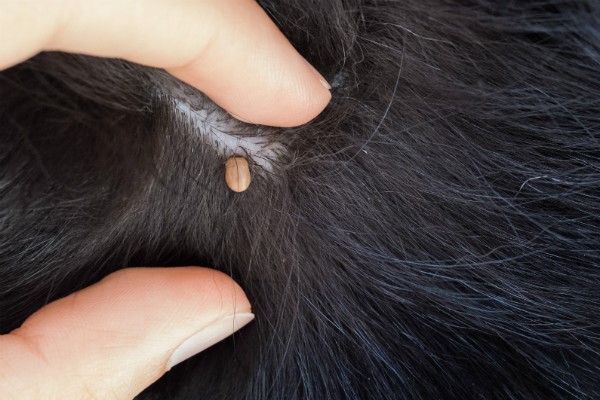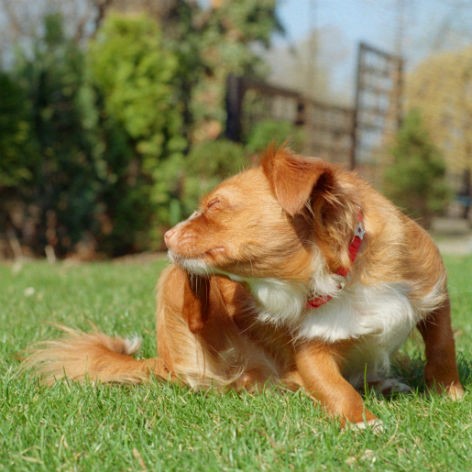Ticks can appear anywhere on your dog however they prefer dark and hidden areas including under the collar, between the toes, under the tail, in the groin area and even inside the mouth so it’s important to check all these areas thoroughly. Regular grooming with a fine-tooth comb, running your hands through your dog’s fur and close inspection of the skins surface can help you find ticks on your dog.
Puppies and dogs are most at risk of a tick bite if they live in tick prone areas of Australia and spend a lot of time outdoors, particularly in grassy or bushland areas where native animals live.
This is why prevention is so important.
Shampoos and sprays specifically formulated for ticks are available, as are spot on and oral treatments. These products can help to prevent attachment and poisoning. Minimising the time your dog spends outside, by keeping them indoors, can also help as well as avoiding grassy areas and bushland during tick season.
Speak with your veterinarian about the most appropriate tick prevention routine for your dog.









